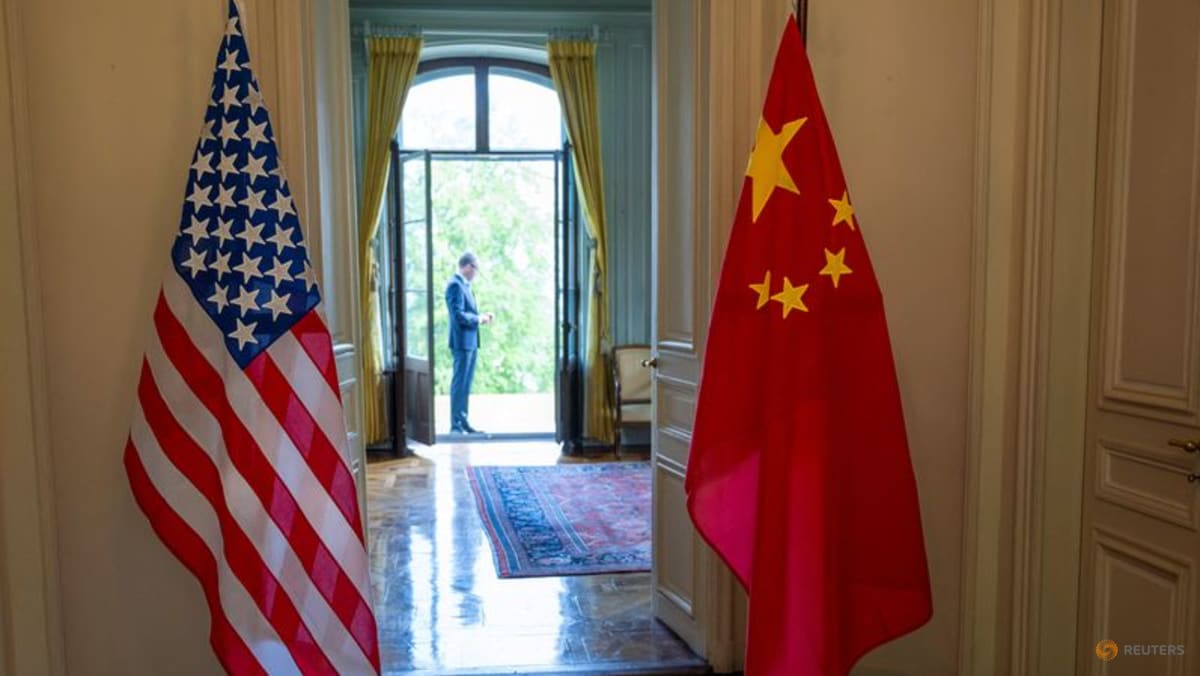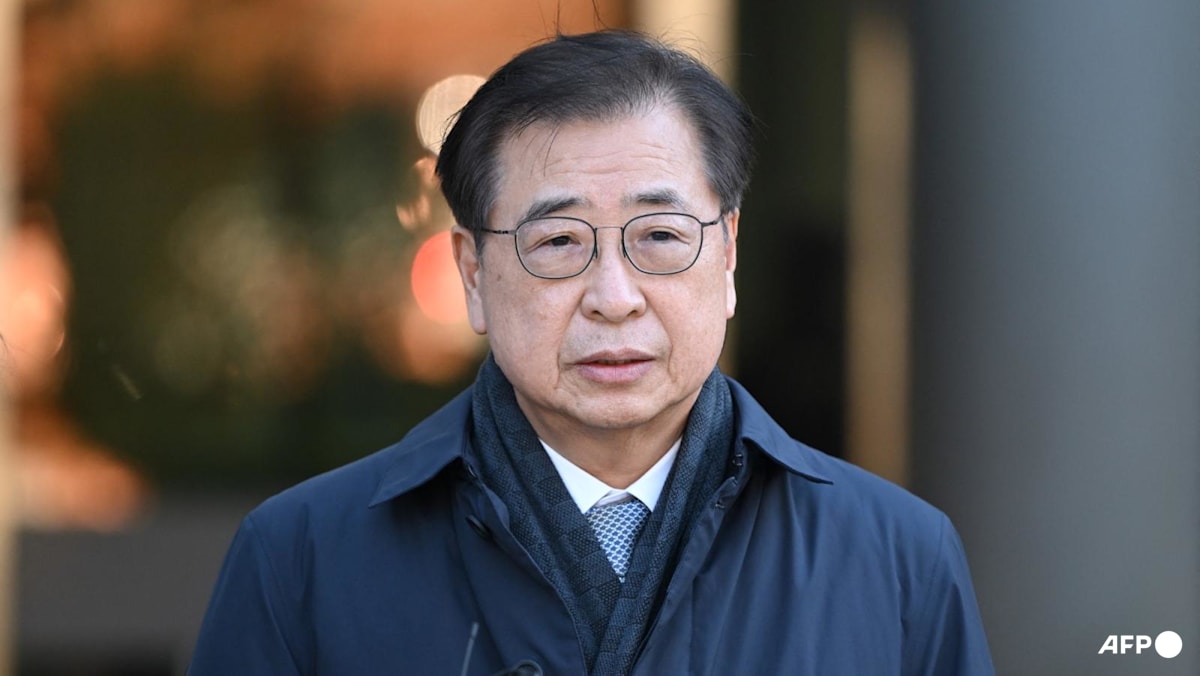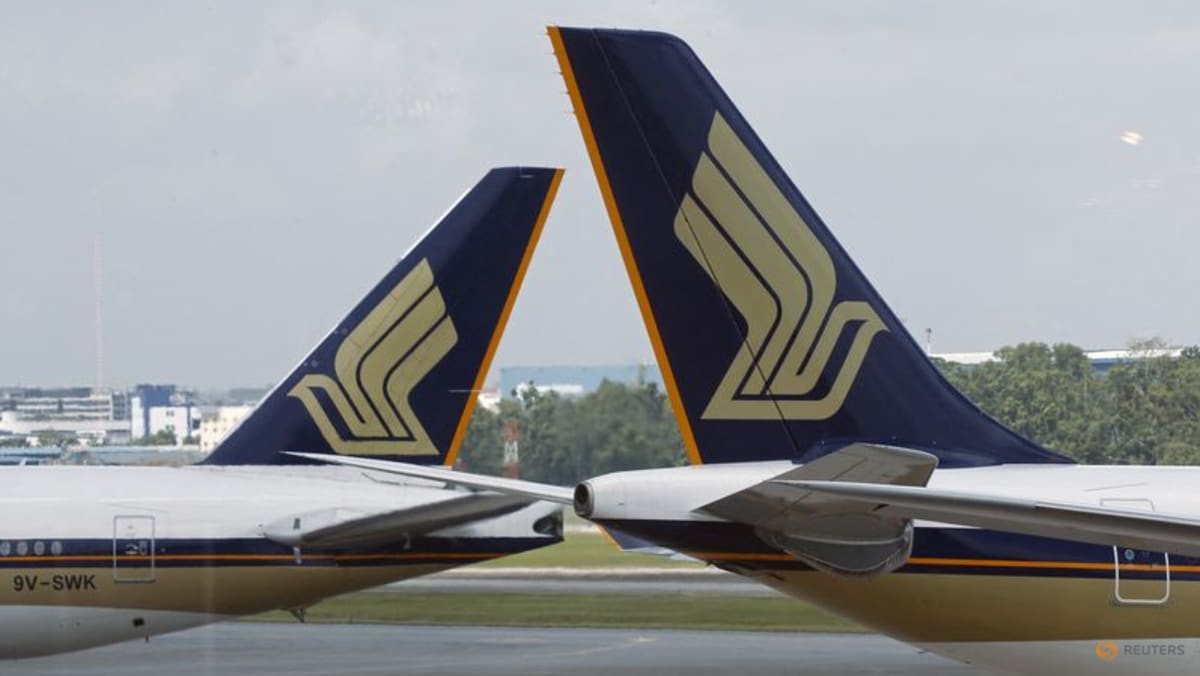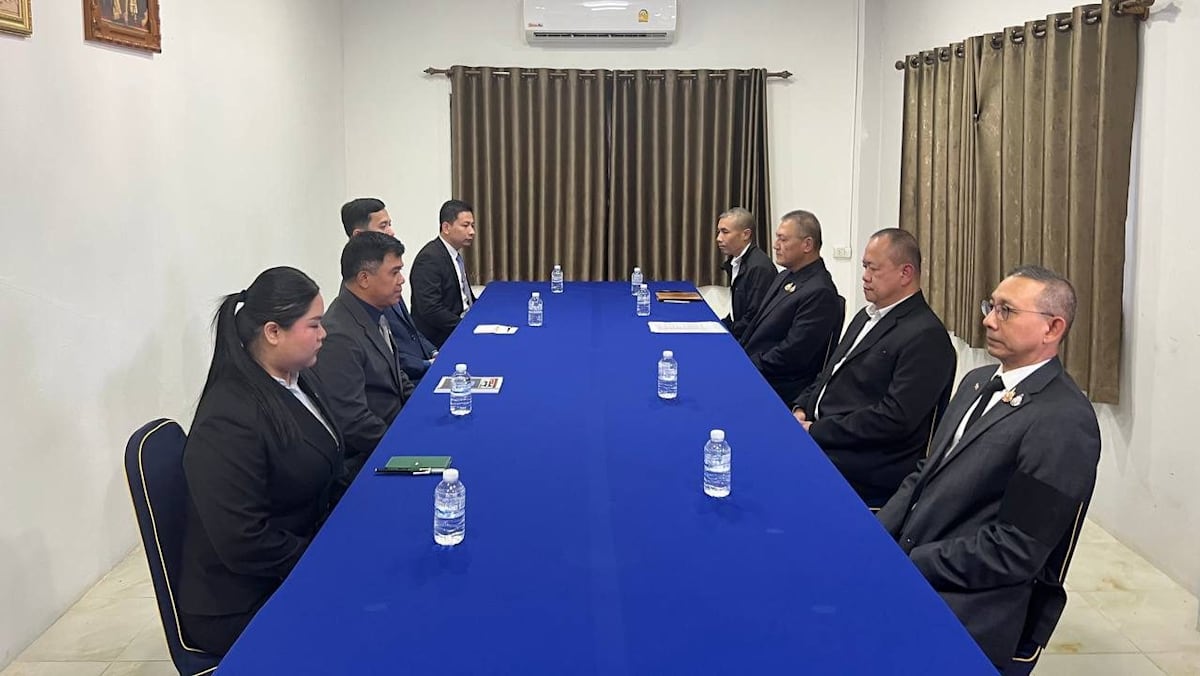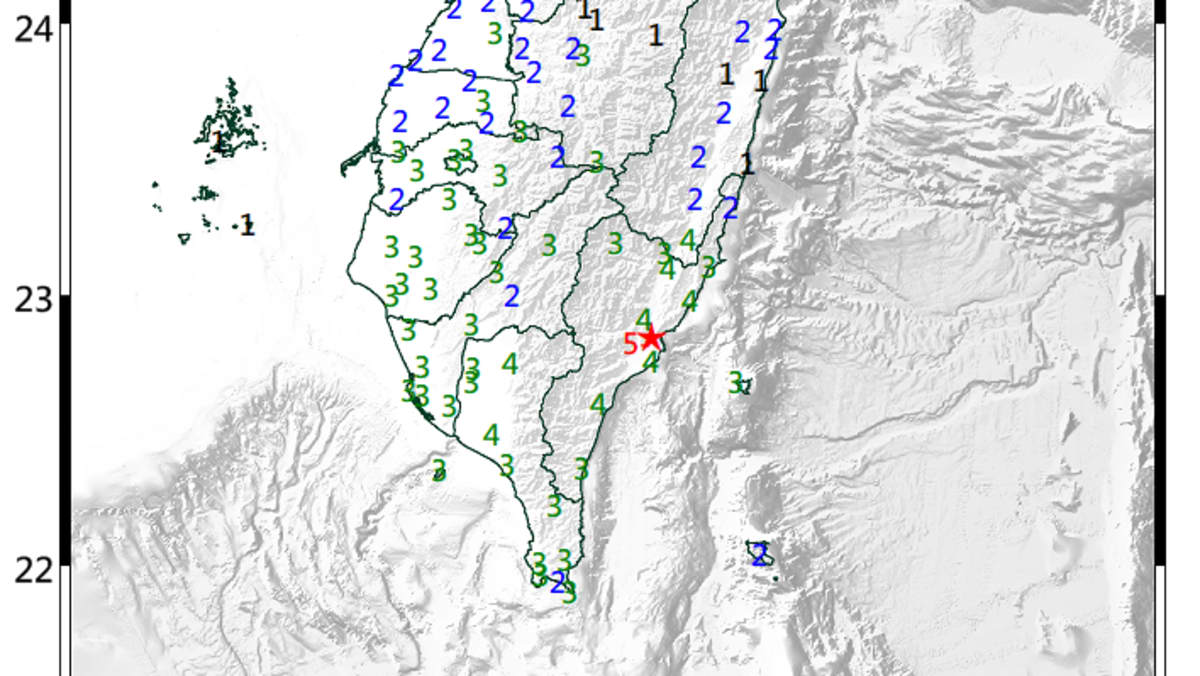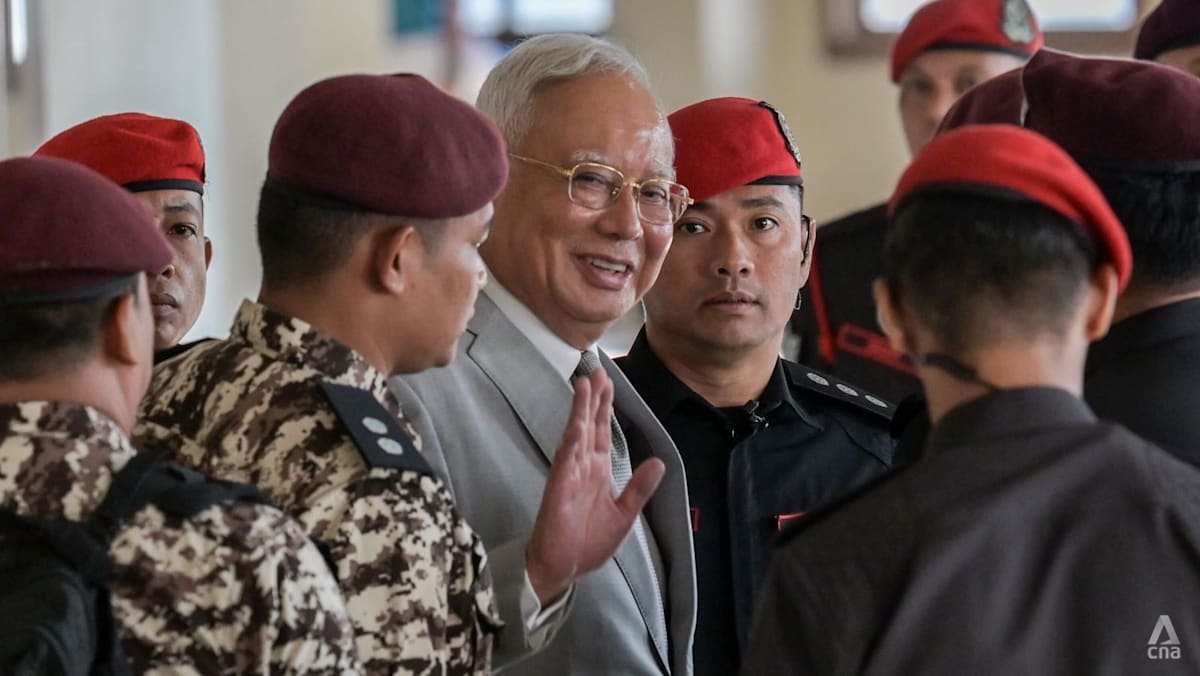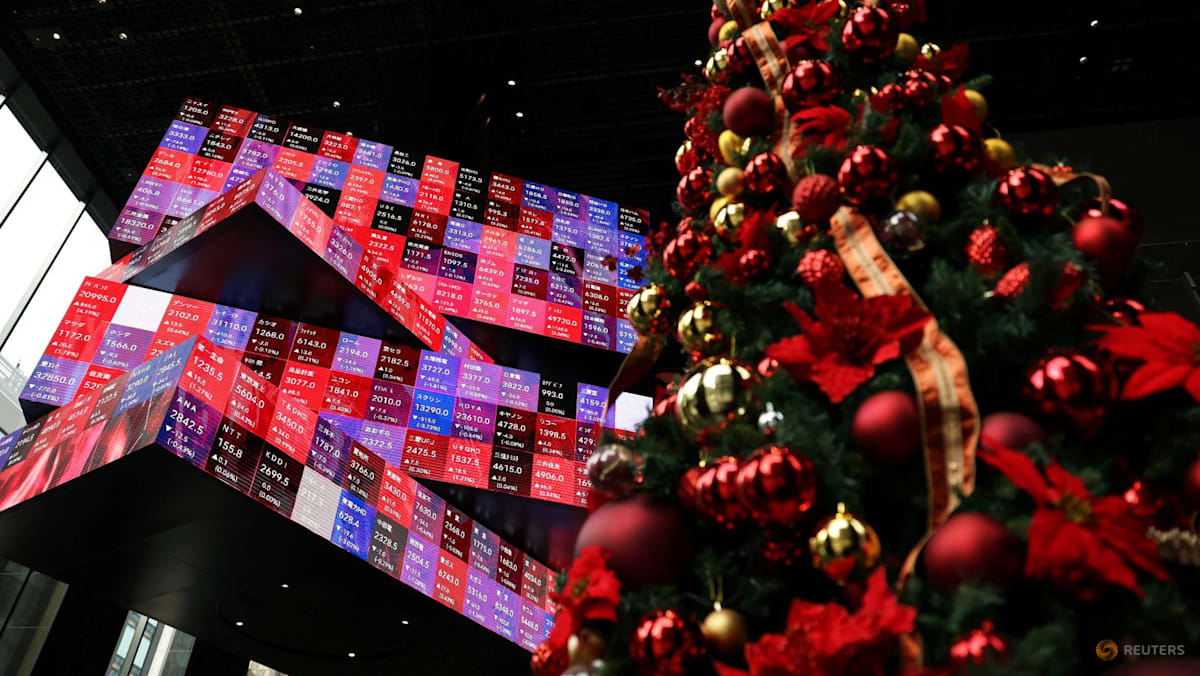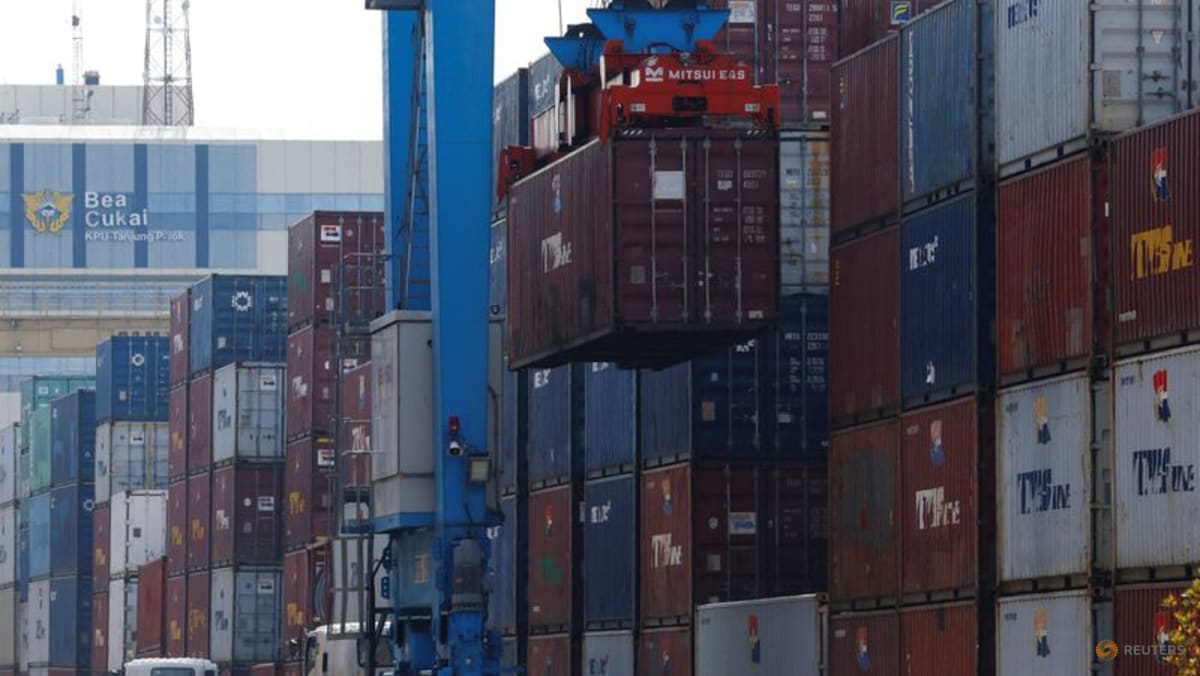From local ice cream parlour to global food behemoth: What’s next after Jollibee’s acquisition of Tim Ho Wan?
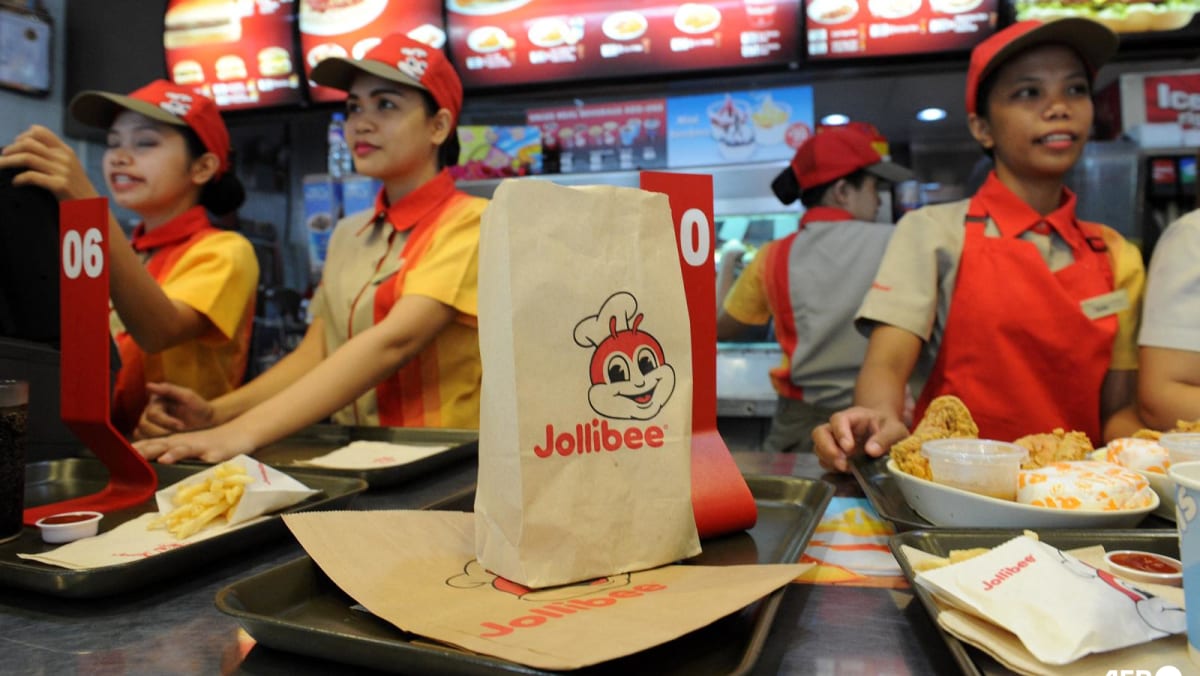
Mr Jose Antonio Cipres, a research analyst at the AP Securities brokerage, said Jollibee’s most impressive acquisitions were of Chinese-Filipino fast-food chain Chowking and barbecue restaurant group Mang Inasal.
Chowking had 162 branches when it was acquired in 2000, and that number has now grown to 566, he said. And Mang Inasal has 573 stores, up from 303 when Jollibee took over in 2010.
“Since its founding, Jollibee’s journey is testament to effective branding, adaptability and a keen understanding of consumer preferences,” said Mr Jonathan Ravelas, managing director of eMBM, which provides professional services.
It is impressive that Jollibee evolved from a small local business to a global player in the food industry, he added.
CONCERNS OVER QUALITY
Yet Jollibee’s strategy of acquiring businesses has not come without censure.
De La Salle University’s Banderlipe noted how many customers feel that companies acquired by Jollibee will see a drop in their quality of food and services, with priority given to earning higher profits.
“When the cake company Red Ribbon was acquired, many loyal customers complained about losing the ‘liqueur-ish’ aroma of the Black Forest cake that made Red Ribbon famous,” he said.
In the case of The Coffee Bean and Tea Leaf, a tie-up with a large mall operator in the Philippines will have the brand featured in 89 malls – but as kiosks, which Mr Banderlipe described as a downgrade for loyal customers.
On CNA’s Facebook post about Jollibee’s acquisition of Tim Ho Wan, one user posted: “Good luck with the quality!”
Another responded: “Agree. Prices go north and quality of food and service go south.”
“Jollibee has to challenge itself to improve or maintain the quality of the products and services of the brands that it acquires,” said Mr Banderlipe.
Jollibee did not directly respond to questions from CNA on concerns over quality standards as it acquires more brands.
STILL ON THE RISE
Nonetheless, analysts who spoke to CNA were convinced of Jollibee’s continued growth, as it pushes towards its founder’s goal to have 50 per cent of system-wide sales, which include owned and franchised stores, to come from international business.
For the first nine months of the year, international operations made up 40.3 per cent of system-wide sales.
AP Securities’ Cipres noted that Jollibee was making strategic moves to capture market share in other segments.
He pointed to another recent acquisition – of Compose Coffee Company in South Korea – which he said would immediately increase Jollibee’s earnings, since the chain is profitable.
Prof Gutierrez of the University of Philippines said Jollibee could make further acquisitions in the fast-food, coffee and tea or Chinese food space.
During Tuesday’s call with the media, Jollibee CFO Shin pointed out that the brand has not ventured into some Southeast Asian markets such as Indonesia and Thailand.
Those remain opportunities for growth, he said.
And if nothing, the fried chicken restaurant chain remains a big hit at home, where same-store sales grew 8.2 per cent in the first three quarters of 2024 compared with the same period a year ago.
“Jollibee … will always be the ‘nightmare’ of the ‘M’ brand,” said Mr Banderlipe. “(McDonald’s is) the world’s number one, but not in the Philippines.”
Source: CNA



